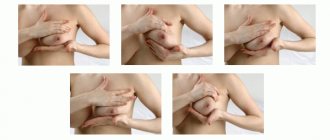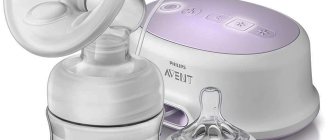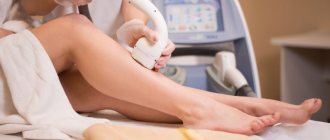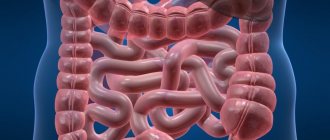Colostrum begins to be produced in a woman’s body during pregnancy, and after giving birth, many people think about whether it is necessary to express this liquid that is beneficial for the baby. In what situations is expressing colostrum justified? How often and when should you pump? How to properly express colostrum by hand?
Should I express colostrum after giving birth?
In 9 cases out of 10, there is no need to express colostrum after childbirth. It is not released in too large quantities, therefore it does not accumulate and cannot lead to such unpleasant consequences as lactostasis (unlike breast milk).
It may be necessary to express colostrum by hand or with a special breast pump in the following situations:
- the newborn, for some reason, refuses to breastfeed, but still wants to eat,
- the baby is separated from the mother, and she is not able to breastfeed him,
- after a complicated birth, during which medications contraindicated for the child were introduced into the mother’s body - the baby eats an adapted formula for several days, and the mother expresses colostrum to support lactation,
- at the birth of a weak, sick or premature baby - due to the peculiarities of physiology, the baby simply cannot suckle at the breast due to an unexpressed sucking reflex, then the mother will have to express the colostrum, fill the bottle with it, and the baby will drink the nutritional liquid through the nipple.
How to warm up expressed breast milk?
Before giving your baby expressed milk from the refrigerator, warm it up in bottle warmers. You can heat it in a water bath or just keep it in hot water. Before heating milk from the freezer, it is first defrosted in the refrigerator until it becomes liquid.
Do not heat breast milk using boiling water or microwaves. By changing the structure, such methods kill all nutrients and beneficial substances and can harm the baby’s health.
Heated milk is not suitable for repeated use. No matter where it was stored, in the refrigerator or freezer, it is better to get rid of the leftovers. During storage, milk is divided into fractions to achieve integrity; the bottle is shaken well before feeding.
Breast milk is used as primary and supplementary nutrition. The benefits last until boiling, so if you decide to cook porridge or make an omelette with it, keep in mind that all the best qualities of mother's milk will be destroyed by high-temperature processing. There will be no minerals and vitamins left in it; the protein will certainly coagulate and be poorly absorbed.
When should you start expressing colostrum?
Expressing colostrum during pregnancy is strictly prohibited. You can begin the procedures a few hours after the birth of the child, and only if there are medical indications. Before expressing, the mother should definitely consult a doctor, as excessive stimulation of the mammary glands can cause hyperlactation.
Please note that pumping takes a lot of time. Depending on the amount of fluid in a woman's chest, it can take from 15 to 30 minutes to prepare a “treat” for her baby. The start time of the procedure should be calculated so that by the time the baby gets hungry, the mother will already have expressed colostrum ready (if the baby eats through a nipple).
Preparing to Express Milk
Breastfeeding occurs on its own for the reason that, due to certain factors, the mother’s body produces the necessary hormones, which determine the entire process. Prolactin stimulates the production of secretions by the mammary glands. It begins to be produced in small quantities during pregnancy; childbirth is a catalyst for its active work. Subsequently, its synthesis is stimulated by emptying the breast during feeding.
Oxytocin is constantly produced in the body and is responsible for the contraction of smooth muscles throughout the body. It also determines the process of milk production itself. The baby smells, his skin releases certain pheromones, which, combined with the baby’s action on the nipple, provoke an increased release of oxytocin into the blood. Which, in turn, provokes relaxation of the milk ducts and milk waste.

The pumping process is not natural, it is performed artificially, with your hands, and not with the baby’s mouth. Therefore, in order for it to be successful, it is necessary to prepare the mammary glands as naturally as possible for the process of milk production. And this requires certain conditions:
- Peace and quiet. Irritating factors such as sharp sounds, a spouse running around the house looking for socks, or rushing do not contribute to milk production. Therefore, you need to express in the most calm and comfortable conditions possible.
- Organization of the place. First of all, you should be comfortable, everything you need should be prepared in advance and be at hand.
- Psychological mood. You must be calm and confident, even if everything doesn’t work out the first time. You need to learn how to pump, and not just you. The breasts should also get used to giving up their secretions under the influence of the fingers. Therefore, do not be nervous and methodically repeat all the manipulations; stress will only aggravate the process.

How to express properly?
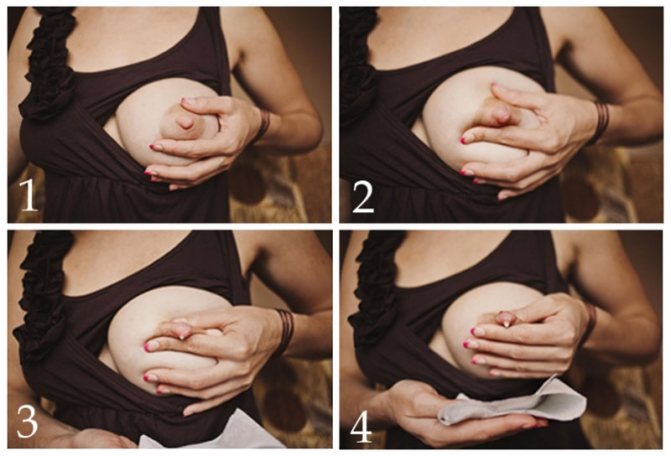
Pharmacies sell special devices - breast pumps, and many women use them when they need to express milk or colostrum. If using a breast pump is inconvenient or unpleasant, you can express the nutrient fluid by hand. Pumping rules:
- half an hour before the procedure, drink a glass of warm tea or eat soup, do a light massage of the mammary glands,
- wash your hands and nipples thoroughly, prepare a sterile bottle,
- place your thumb above the areola, at a distance of 2.5 cm above, and the rest below it, clasping the mammary gland,
- make pressing movements in a downward direction,
- connect your thumb and index finger near the edge of the areola, avoiding damage to the nipple.
Expression techniques
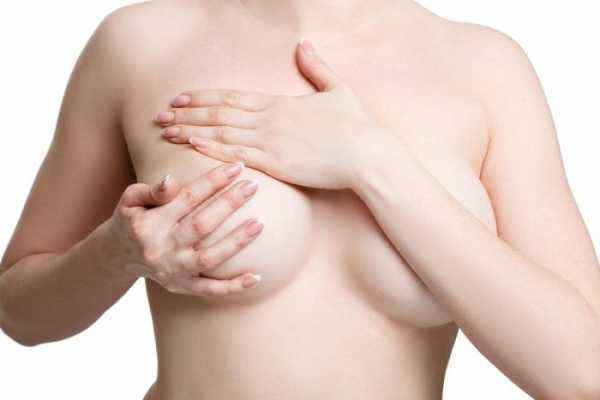
Colostrum is released from the mammary glands under pressure and more:
- after taking water procedures;
- during intimacy;
- after tea, coffee and other warm drinks;
- during massage;
- during the hot summer period;
- as a result of emotional stress.
In these cases, you just need to use pads to avoid discomfort.
How to express colostrum if there are medical indications? For the first time, it is better to do it manually rather than with a breast pump. Remember that colostrum is thicker than milk, so it will be harder for your breasts to empty.
How to strain colostrum without damaging your nipples? Before the procedure, massage your breasts for half an hour, for example, after a warm shower, drink hot tea or broth. This will improve the flow of colostrum.
How to properly express breast colostrum by hand:
- To begin with, hygiene procedures are carried out - washing hands and nipples.
- Prepare a clean container for the liquid.
- Take the breast so that your thumb is 2 cm above the nipple, and the rest of your fingers are under it.
- Make pressing movements towards the nipple and, as it were, inward.
- Connect your thumb with your index finger without injuring the nipple.
- Emptying shouldn't be painful.
Express colostrum from one breast and then from the other.
Do this until you feel relief and comfort in your chest. Do not express all the liquid, as this causes hyperlactation. Immediately after childbirth, a lot of secretion is actually produced, but gradually the lactation process will improve. Colostrum and milk will be as much as a particular baby needs.
You can use a breast pump - a special device for collecting breast secretions. Some mothers note that they find it much more convenient to carry out the procedure compared to expressing by hand.
Breast pumps can be manual, electric, battery-powered, or even powered by hand or foot movement.
Sometimes it is simply difficult for the baby to suckle at the breast, since the mother’s colostrum is very thick. Therefore, you can express a small amount and feed the baby again. It will be much easier for him to cope with soft breasts.
Let's summarize why colostrum should not be squeezed out:
- this provokes hyperlactation;
- Colostrum is the most valuable food product for a baby;
- During pregnancy, pumping helps increase the tone of the uterus and can lead to miscarriage or early birth.
For medical reasons, expressing colostrum is acceptable. If you experience any problems with your breasts (hardening, pain, cracks, feeling of heaviness, high temperature), you should consult a gynecologist and pediatrician.
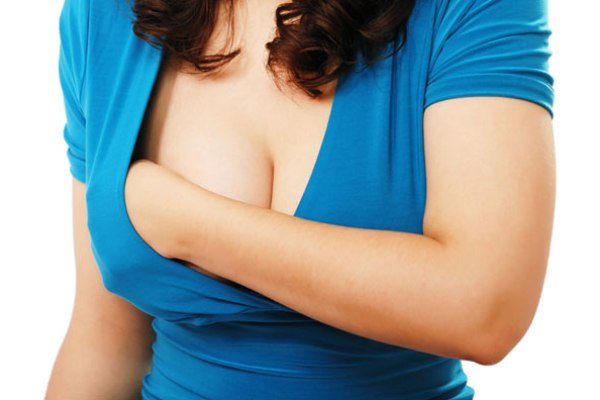
- Related Posts
- Colostrum discharge before menstruation: is this normal?
- Why colostrum is released without pregnancy and how to stop it
- What is female colostrum: properties and significance for infants
« Previous entry
How to develop breasts after cesarean?
We found out above that caesarean section and breastfeeding are quite peacefully coexisting concepts, contrary to popular contrary opinion. Next, we’ll look at how to develop the breasts so that milk flows in sufficient volume and with minimal pain. The first thing a woman in labor should take care of literally the next day after the CS is her own proper nutrition.
It is optimal to adhere to the following menu for the first few weeks:
- Breakfast: porridge (oatmeal, buckwheat), boiled in water, tea (preferably green), bread with low-fat butter.
- Lunch: vegetable soups, steamed beef cutlets, mashed potatoes, dried fruit uzvar.
- Dinners: baked apples, low-fat cottage cheese with sour cream (fat content no higher than 15), kefir.
By eating this way, a young mother will not only ensure stable lactation, but will also be able to recover faster after undergoing abdominal surgery.
As for the development of mammary glands directly, the process consists of the following activities:
- Washing your breasts with warm water (you can practice a non-hot shower) several times a day - this will help improve blood circulation in the mammary glands and ensure the expansion of their ducts.
- A massage that begins with light stroking, smoothly turning into gentle kneading of the chest. Strong compression of the nipples should be avoided, movements should be careful.
- Creating compression, which involves lifting the chest with one hand while simultaneously pressing on it with the palm of the other hand.
- Expressing milk from the glands using light squeezing movements - at this time it is very important to control your own sensations.
- Applying cool compresses to the chest - the procedure lasts up to 10 minutes.
All of the above activities should be performed in strict sequence 5–7 times throughout the day. If positive dynamics are not observed, you should consult with a specialist who will determine the causes of milk stagnation and prescribe therapy.
If there is already enough milk and the baby is eating well, you still need to continue to express the excess. The baby will grow and its nutritional needs will increase every day.
After a caesarean section, breastfeeding often does not begin immediately, but on days 4-5: the woman needs time to restore her body’s strength after the operation. In the first day after such a delivery, it is not recommended to put the baby to the breast, but lactation can be stimulated by pumping.
This procedure is also necessary in the future if the baby does not take the breast often enough. There can be a lot of reasons for this, related to both the body of the mother and the child; it is necessary to comprehensively assess the condition of both.
If the amount of milk is insufficient, this process can be stimulated with medications (Lactogon, Dezaminooxytocin, Mlekoin, etc.), nutritional supplements and physiotherapeutic procedures. To maintain lactation after cesarean section, prevention of complications, rational nutrition and rest of the mother are of great importance. Among the foods in the diet, there is a certain set that enhances lactation (porridge, juices, vegetables, fruits, etc.).
For the harmonious development of the child, it is rational to continue feeding for one or one and a half years.
How to improve lactation after cesarean section?
After the baby is finally with his mother, he needs to be taught how to latch onto the breast correctly. Read our article on how to properly put your baby to the breast. Problems may arise, because he most likely received supplemental feeding and may refuse to suck. But here the decisive role is played by the mother’s attitude towards feeding, her patience and perseverance.
Children after cesarean section are usually lethargic, suck little, and sleep a lot. But the rule is still the same: we apply the first search movement and carefully wake him up every hour and a half so that he can suck at least in his sleep.
After a caesarean section, it is especially important to choose a comfortable and correct position for feeding. Such that there is no pressure on the abdominal area. The underarm pose is best.
Overhand feeding position
Breastfeeding after a CS is possible, and even more preferable for the child and mother than artificial feeding. For a mother, this is a way to get out of a stressful state after not having a natural birth. There is nothing more important for a child than contact with her mother and her breast milk.
Even if a newborn was supplemented with formula in the first days, he can still be accustomed to extracting milk from the breast. The main thing is the mother’s perseverance and determination.
